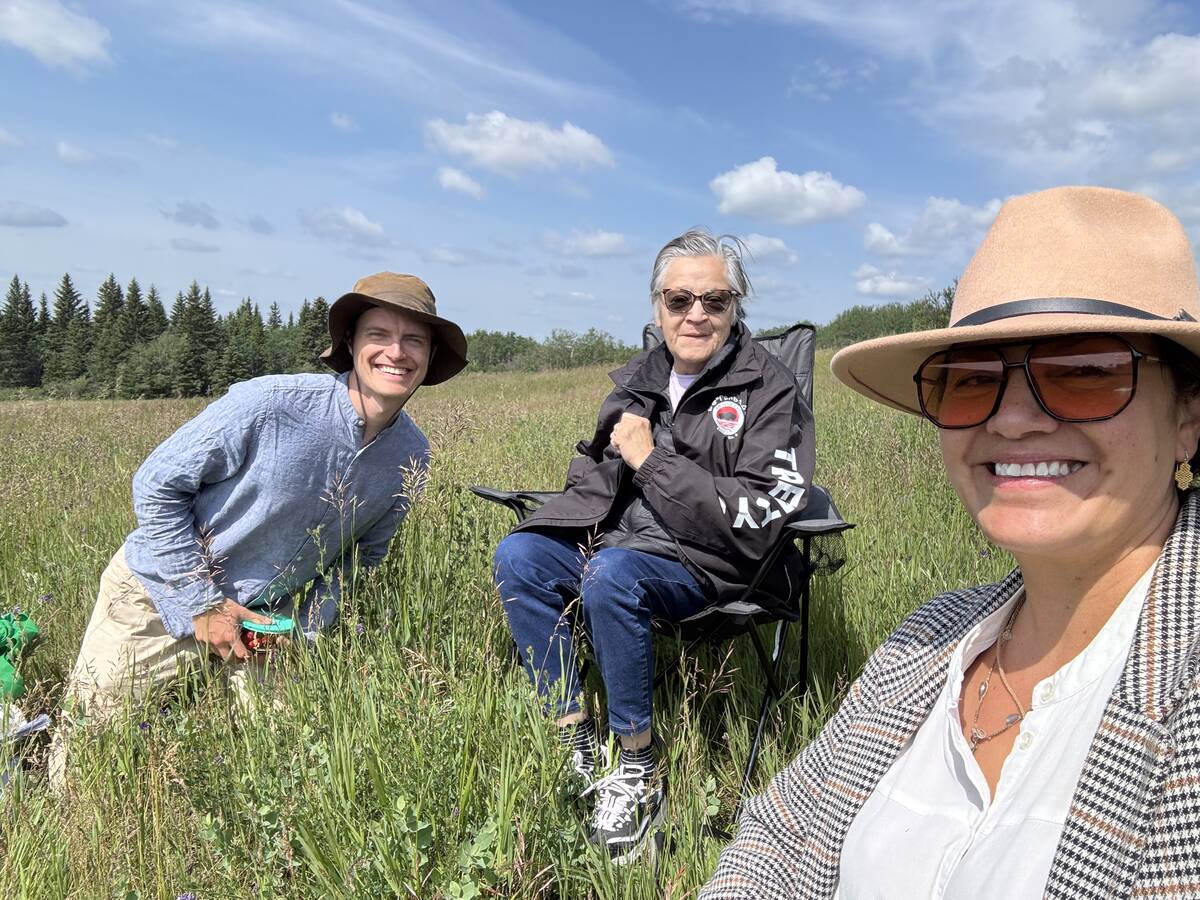Monsanto will spend $10 million over five years through an international scholars program to educate and train new public sector scientists whose mission is to boost wheat and rice yields.
The Borlaug-Beachell International Scholars Program is named after Norman Borlaug, Nobel laureate and father of the Green Revolution Borlaug and Henry Beachell, another father of the Green Revolution who improved rice varieties in the 1960s.
“Basically the (yield) improvements in wheat and rice are not keeping up at all with the increasing demand for it,” Ted Crosbie, Monsanto’s vice-president of global plant breeding, told farmers March 27 during a telephone news conference.
Read Also

Fostering reconciliation one farm at a time
The Treaty Land Sharing Network has grown slowly throughout its first year in Alberta, but landowners are starting to get on board.
“He (Borlaug) was basically imploring us to do something about it.”
Even though Monsanto doesn’t have any commercial stake in wheat or rice, focusing instead on corn, soybeans and cotton, Crosbie said Monsanto, as a good world corporate citizen, has a responsibility to give back.
Ph. D candidates must make their pitch for Beachell-Borlaug International Scholars Program funding through a sponsoring university professor and university. While candidates will be accepted from anywhere in the world, winners must conduct part of their studies at an institution in either the developed or developing world.
It’s expected participants will spend their research careers in the public sector and their innovations will be the property of those institutions, Crosbie said.
Rice and wheat yields have grown on a compound annual growth rate of approximately 0.8 per cent over the past decade while world population has grown by 1.25 per cent, according to a Monsanto news release.
Crosbie said wheat yield increases are lagging behind corn mainly for two reasons: genetic differences, complicated by end-use and investment.
“If you think about this we’re spending over a million dollars a day on corn improvement globally just Monsanto,” he said.
“The resourcing for corn and the number of people and the amount of research that’s done on corn outstrips all of the other crops probably combined.”
Monsanto, with 1,000 employees at 100 sites in 20 countries, spends between $800 million and almost $1 billion a year on crop research. Half of it is devoted to corn.
Then there are the genetic differences. Corn is a diploid and wheat is a hexaploid. That means wheat has three genomes to wheat’s one. Translation: “Corn is a pretty simple crop to improve genetically,” Crosbie said.
Breeding wheat is complicated by end-use requirements related to how it mills and bakes, which is related to starch and protein content.
The Monsanto announcement was followed by an announcement that the National Science Foundation (NSF) and the Bill & Melinda Gates Foundation have formed a $50-million partnership to support innovative solutions to critical agricultural challenges in developing countries.
The new award program, called BREAD (Basic Research to Enable Agricultural Development) will support a competitive award program for scientific research projects that address serious constraints to smallholder agriculture in the developing world. [email protected]














